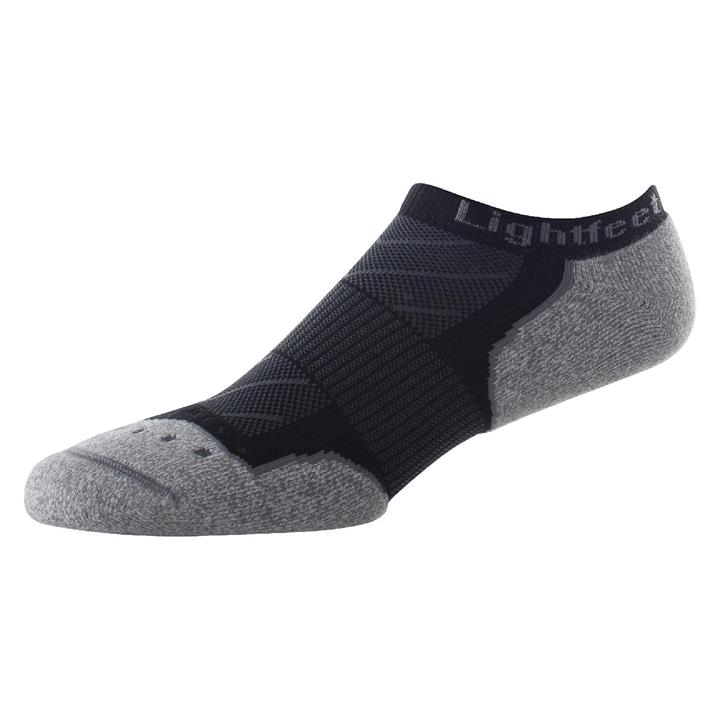As runners, we’re all too familiar with the discomfort and annoyance of blisters. These pesky little bubbles of pain can turn a satisfying run into a painful ordeal. However, with the right strategies and precautions, you can minimize the risk of developing blisters and keep pounding the pavement pain-free. Here’s your comprehensive guide to avoiding blisters as a runner:
- Invest in Properly Fitted Shoes: Ill-fitting shoes are one of the leading causes of blisters. Visit a specialty running store to get professionally fitted for running shoes that suit your foot type and gait. Ensure there’s enough room in the toe box to prevent friction and rubbing.
- Choose Moisture-Wicking Socks: Opt for moisture-wicking socks made from synthetic fibers or merino wool. These materials help keep your feet dry by wicking away sweat, reducing the likelihood of friction-induced blisters. Avoid cotton socks, as they retain moisture and increase friction.
- Break in New Shoes Gradually: Don’t hit the ground running with brand new shoes. Gradually break them in by wearing them for short walks or runs before tackling longer distances. This allows your feet to adjust to the shoes and reduces the risk of hot spots and blisters.
- Use Lubricants or Barrier Products: Apply a thin layer of lubricant or a specialized blister prevention product to areas prone to friction, such as the heels, toes, and sides of the feet. Popular options include petroleum jelly, anti-chafing balms, or adhesive bandages designed specifically for blister prevention.
- Wear Properly Sized Apparel: Avoid wearing loose or baggy clothing that can rub against your skin and cause irritation. Opt for form-fitting, moisture-wicking apparel that stays in place during your run, reducing friction and minimizing the risk of blisters.
- Consider Orthotics or Insoles: If you have foot issues such as high arches or pronation, consider using orthotic inserts or insoles to provide additional support and cushioning. These devices can help distribute pressure evenly and reduce friction, decreasing the likelihood of blisters.
- Monitor Your Form: Pay attention to your running form and make adjustments if necessary. Excessive pronation, supination, or dragging your feet can increase friction and lead to blisters. Strive for smooth, efficient movements to minimize stress on your feet.
- Stay Hydrated: Dehydration can contribute to foot swelling, which can exacerbate friction and blister formation. Drink plenty of water before, during, and after your runs to maintain optimal hydration levels and reduce the risk of blisters.
- Give Your Feet TLC: After your run, clean and dry your feet thoroughly to remove sweat and bacteria. If you notice any hot spots or areas of irritation, apply a blister treatment or protective padding to prevent further damage.
- Listen to Your Body: Finally, listen to your body and take breaks when needed. Ignoring discomfort or pushing through pain can lead to more serious injuries, including severe blisters. If you feel a blister forming or experience persistent discomfort, stop running and address the issue before it worsens.
By following these tips and incorporating blister prevention strategies into your running routine, you can minimize the risk of painful blisters and enjoy a more comfortable and enjoyable running experience. Remember, prevention is key, so take proactive steps to protect your feet and keep them happy mile after mile.
